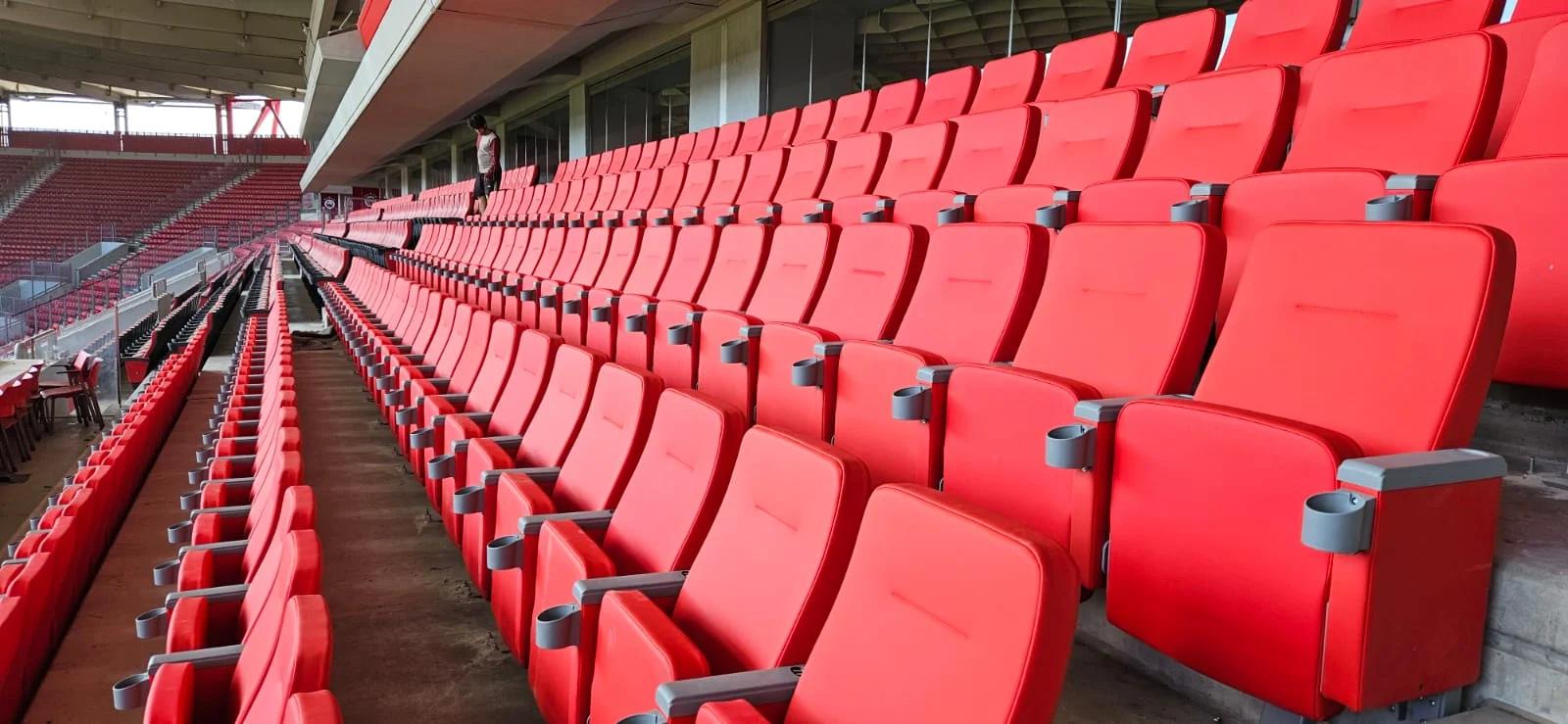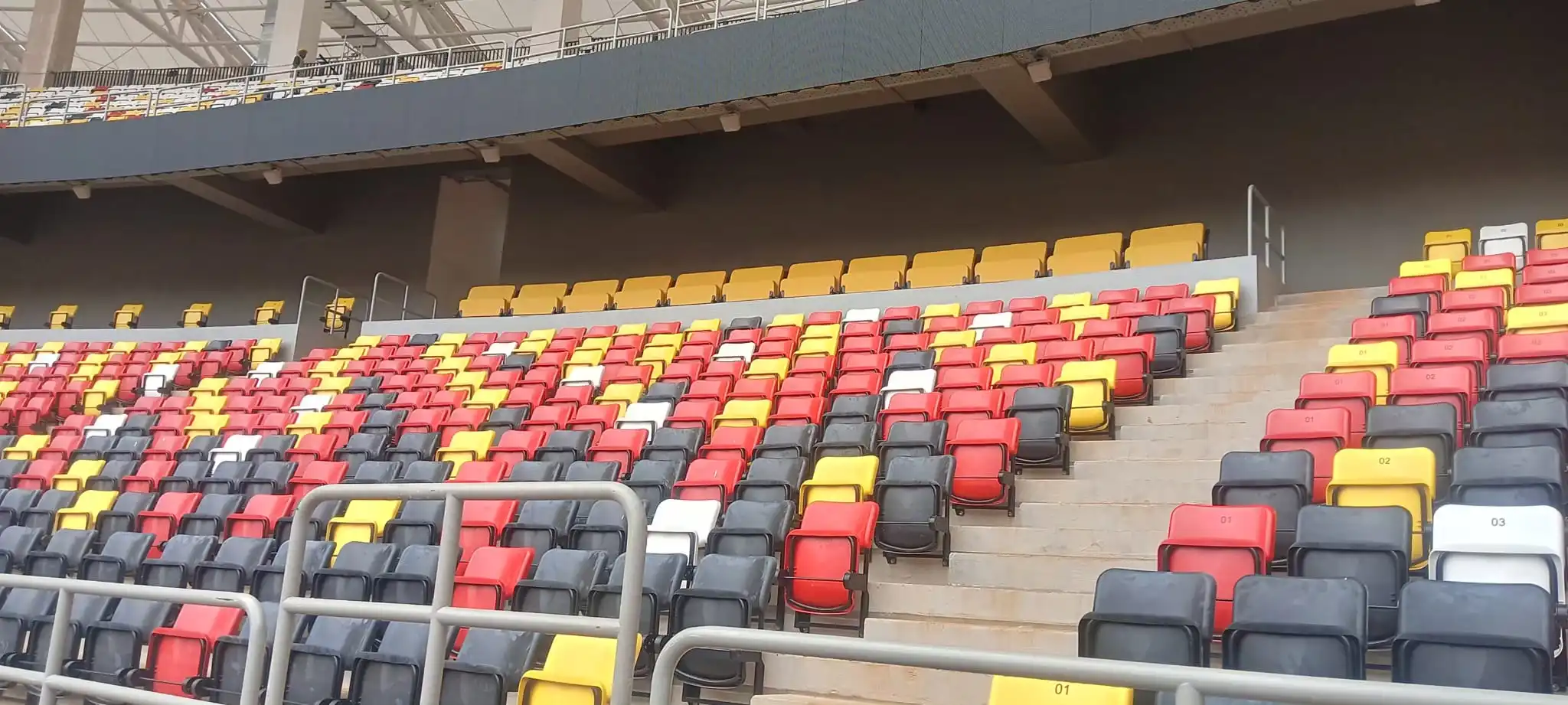Stadium Seats Europe Solutions
Stadium Seats in Europe: Innovation, Sustainability, and Fan Experience in Modern Arenas
Europe is home to some of the most advanced and iconic sports venues in the world — from London’s Wembley Stadium to Munich’s Allianz Arena and Madrid’s Santiago Bernabéu. Behind the architecture and atmosphere of these arenas lies a crucial element of fan satisfaction: the stadium seat. In recent years, European stadium seating has evolved into a perfect balance of innovation, sustainability, and design excellence, setting global standards for comfort and durability.

The Evolution of Stadium Seating in Europe
European clubs and venue operators have always led the way in sports infrastructure innovation. With modernization projects and environmental regulations shaping new standards, seating systems have transformed from simple plastic fixtures to high-tech, eco-friendly, and ergonomic designs.
Modern European stadium seats now feature:
Ergonomic contours that reduce fatigue during long events.
Weather-resistant materials for year-round performance.
Sustainable manufacturing processes aligned with EU Green Deal goals.
Custom branding options to reflect club identity and sponsorships.
This shift reflects a broader European commitment to quality, sustainability, and long-term investment in fan comfort.
Sustainability: The Core of European Seating Design
The European Union’s sustainability initiatives are reshaping stadium construction, and seating is no exception. Manufacturers across the continent are prioritizing:
Recyclable materials such as polypropylene and aluminum.
Energy-efficient production methods.
Long-life products that minimize waste.
Refurbishment programs to extend the lifespan of existing installations.
By adopting sustainable seating solutions, European venues not only reduce environmental impact but also enhance their reputation as modern, responsible facilities.
VIP and Premium Seating: The Growing Trend
The rise of VIP hospitality is redefining how European stadiums generate revenue. Beyond standard seating, clubs are introducing premium zones with:
Wider, cushioned seats and luxurious finishes.
Integrated charging ports and digital access systems.
Private lounges, catering, and exclusive entertainment areas.
These high-end experiences are now a major part of revenue strategies, proving that stadium seating can be both functional and profitable.
Multi-Purpose Design for Diverse Events
European arenas are increasingly built to host not only sports but also concerts, conferences, and cultural events. As a result, modular and flexible seating systems have become essential.
Telescopic and folding designs allow rapid reconfiguration, transforming a football pitch into a concert venue or convention hall in hours.
This multi-purpose adaptability makes stadium seating a key driver of operational efficiency and economic sustainability.
The Future of Stadium Seats in Europe
Looking ahead, Europe’s stadium seating industry will continue to lead global innovation through:
AI-integrated seating systems for real-time monitoring and crowd analytics.
Smart ticketing synchronization and digital seat management.
Advanced ergonomics focused on inclusive comfort for all spectators.
Hybrid models that blend mass capacity with VIP-style features.
These innovations position Europe as the global hub of sports venue design and technology.

Conclusion
In Europe, the stadium seat is no longer a simple fixture — it’s a symbol of design intelligence, sustainability, and fan engagement. As the continent prepares for mega-events like UEFA Euro 2028, the evolution of seating systems reflects Europe’s leadership in creating modern, sustainable, and inclusive sports environments.
From innovation to comfort, European stadium seats continue to define what it means to deliver a truly world-class spectator experience.

